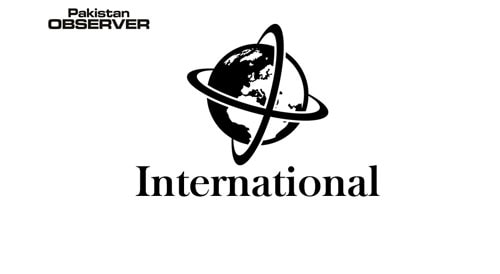The Marshall Plan”, mentioned as a model for the ongoing Ukraine Recovery Conference in Switzerland, refers to the US-devised giant economic rescue scheme to rebuild Europe after World War II. European leaders, including German Chancellor Olaf Scholz and European Union president Charles Michel, have also recently referred to the Marshall Plan in discussing Ukraine’s needs.
The term has become synonymous with pumping Western money into a country, region or sector that needs a massive bailout. It was also invoked when Washington announced a massive stimulus programme to offset the economic damage caused by the Covid-19 pandemic. The idea of the Marshall Plan was born on June 5, 1947, when then US Secretary of State George C. Marshall addressed an audience at Harvard University, announcing Europe “must have substantial help or face economic, social and political deterioration of a grave character.”
The plan was signed into law by President Harry Truman in April 1948, becoming official US aid policy. The four-year European Recovery Programme, ERP, was rejected by the Soviet Union and its communist satellite states.
It was welcomed, however, by other European countries, namely: Austria, Belgium, Britain, Denmark, France, Greece, Iceland, Ireland, Italy, Luxembourg, the Netherlands, Norway, Portugal, Sweden, Switzerland and Turkey. Britain’s wartime leader Winston Churchill called the plan “the most unsordid act in history.”
Its birth in early 1948 coincided with the blockade of Berlin, a year-long standoff between the East and West which was the first major crisis of the Cold War. West Germany, which was born in 1949, joined the beneficiaries.
It involved a total of $13.35 billion, nearly $160 billion dollars in today’s money, which was pumped into the economies of the beneficiary countries, Eighty-five percent took the form of a grant, with the remaining 15 percent coming as a long-term loan.—AFP










